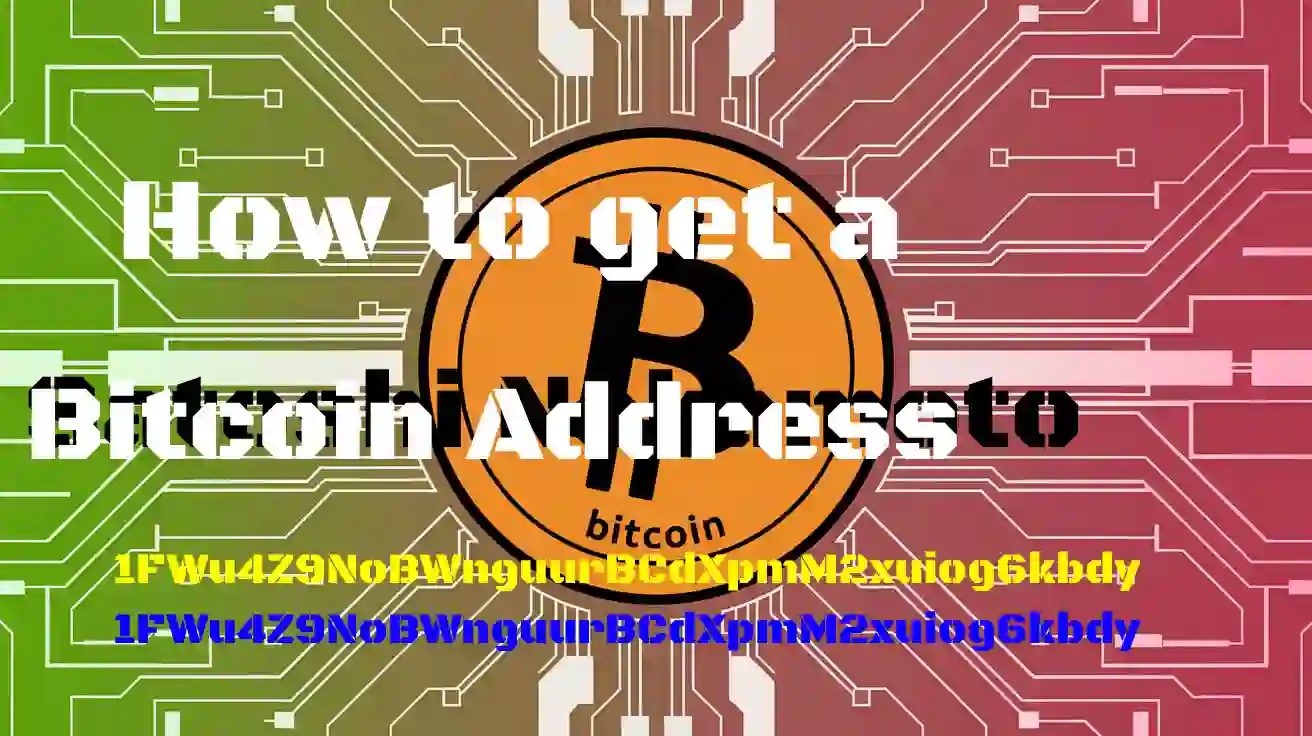Entering the world of Bitcoin can be exciting, but for beginners, it often comes with confusion—especially when it comes to setting up a Bitcoin wallet and getting a Bitcoin address. Your Bitcoin address serves as your personal digital location where you can receive BTC, and it plays a crucial role in the Bitcoin ecosystem.
With countless wallet options available, selecting the right one and ensuring security is essential. This guide walks you through everything you need to know about Bitcoin addresses, different wallet options, and how to create one safely.
Understanding Bitcoin Addresses
A Bitcoin address is a unique identifier that allows users to send and receive Bitcoin. Think of it like an email address—but instead of messages, it handles digital currency. These addresses are randomly generated and provide a way for Bitcoin transactions to be completed securely on the blockchain.
When you create a Bitcoin wallet, you are provided with:
- A public key: This is your Bitcoin address, which can be shared with others to receive funds.
- A private key: This is a secret code that proves ownership of the Bitcoin in the associated wallet. Never share your private key, as it grants access to your funds.
Bitcoin addresses are not permanent and can be generated multiple times within most wallets, enhancing privacy and security.
Types of Bitcoin Addresses
Bitcoin addresses come in different formats, each with unique properties. Understanding them can help you determine compatibility with various wallets and exchanges.
1. Legacy Addresses (P2PKH)
- The original Bitcoin address format.
- Begins with the number “1” (e.g., 1FWu4Z9NoBWnguurBCdXpmM2xuiog6kbdy).
- Still widely used but has higher transaction fees compared to newer formats.
- Supported by all wallets and exchanges.
2. Nested SegWit Addresses (P2SH)
- A more advanced address format that starts with “3” (e.g., 3C3nZhpVjjDGo7vGzBCTJkKfYzCGWGLWsq).
- Supports multi-signature wallets and SegWit transactions, which help reduce transaction fees.
- Compatible with most Bitcoin wallets.
3. Native SegWit Addresses (Bech32)
- The most efficient and modern Bitcoin address type.
- Begins with “bc1” (e.g., bc1qwdanan7d5dq99l6v7z65a4x50cqf2rep6wj9z6).
- Offers lower transaction fees and improved security.
- Not all wallets and exchanges support this format.
Now that you understand Bitcoin addresses, let’s explore three main methods to obtain one.
Method 1: Using a Mobile Bitcoin Wallet
Mobile wallets are one of the most convenient ways to create a Bitcoin address. They offer quick access to your funds and are suitable for daily transactions.
Steps to Create a Bitcoin Address on a Mobile Wallet:
- Choose a reputable mobile wallet
- Some popular mobile wallets include:
- Electrum (for advanced users)
- BRD Wallet (beginner-friendly)
- Jaxx Liberty (multi-cryptocurrency support)
- Some popular mobile wallets include:
- Download the app
- Use the Google Play Store or Apple App Store to find the official version.
- Be cautious—scammers have created fake wallets to steal funds.
- Set up the wallet
- Follow the instructions to create a new wallet.
- You will receive a 12 to 24-word recovery phrase—write this down and store it securely.
- Set up a PIN or biometric authentication for additional security.
- Generate your Bitcoin address
- Once the wallet is set up, navigate to the “Receive” section.
- You’ll see your Bitcoin address, which can be shared with others to receive payments.
Security Tip:
Always store your recovery phrase safely. If you lose access to your device, this phrase is the only way to recover your Bitcoin.
Method 2: Using a Hardware Wallet (For Maximum Security)
A hardware wallet is a physical device designed to store cryptocurrencies securely offline, making it one of the safest options for holding Bitcoin.
Advantages of a Hardware Wallet:
✔ Immune to online hacking attempts
✔ Private keys are stored securely within the device
✔ Best for long-term Bitcoin storage
Steps to Create a Bitcoin Address with a Hardware Wallet:
- Purchase a trusted hardware wallet
- Popular options include:
- Ledger Nano X
- Trezor Model T
- Coldcard Mk3 (for advanced users)
- Popular options include:
- Set up the device
- Follow the manufacturer’s instructions to initialize your wallet.
- Set a secure PIN and note down the recovery phrase provided.
- Install the wallet software
- Most hardware wallets require companion apps like Ledger Live or Trezor Suite to manage Bitcoin addresses.
- Generate a Bitcoin address
- Open the wallet software and navigate to the Bitcoin section.
- Click “Receive” to generate a new Bitcoin address.
- This address can now be used for receiving Bitcoin securely.
Security Tip:
Never share your private key or recovery phrase with anyone. If someone gains access to these, they can steal your funds.
Method 3: Getting a Bitcoin Address from a Cryptocurrency Exchange
For those who frequently trade Bitcoin, using a cryptocurrency exchange is a convenient way to get a Bitcoin address.
Steps to Create a Bitcoin Address on an Exchange:
- Sign up for an account
- Choose a reputable exchange like:
- Coinbase (beginner-friendly)
- Binance (large variety of cryptocurrencies)
- Kraken (strong security features)
- Choose a reputable exchange like:
- Complete identity verification (if required)
- Many exchanges require KYC (Know Your Customer) verification.
- Submit a government-issued ID and proof of address.
- Go to the wallet or deposit section
- Look for the “Deposit” or “Wallet” section in your account.
- Select Bitcoin (BTC) as your deposit option.
- Generate a Bitcoin address
- The exchange will provide you with a Bitcoin address that can be used to receive BTC.
Important Considerations:
- Exchanges control your private keys – meaning you don’t have full control over your funds.
- If the exchange is hacked or shuts down, your Bitcoin could be lost.
- Consider withdrawing Bitcoin to a private wallet for long-term storage.
Choosing the Right Bitcoin Wallet for You
| Wallet Type | Best For | Security Level | Examples |
|---|---|---|---|
| Mobile Wallet | Everyday transactions | Medium | Electrum, BRD Wallet, Jaxx Liberty |
| Hardware Wallet | Long-term storage | High | Ledger Nano X, Trezor, Coldcard |
| Exchange Wallet | Frequent trading | Low | Coinbase, Binance, Kraken |
Conclusion: Securing Your Bitcoin Address
Getting a Bitcoin address is your first step into the world of cryptocurrency. Whether you choose a mobile wallet for convenience, a hardware wallet for security, or an exchange wallet for trading, ensuring proper security measures is crucial.
By understanding Bitcoin addresses, choosing the right wallet, and safeguarding your private key, you can confidently navigate the Bitcoin ecosystem while keeping your funds safe.



